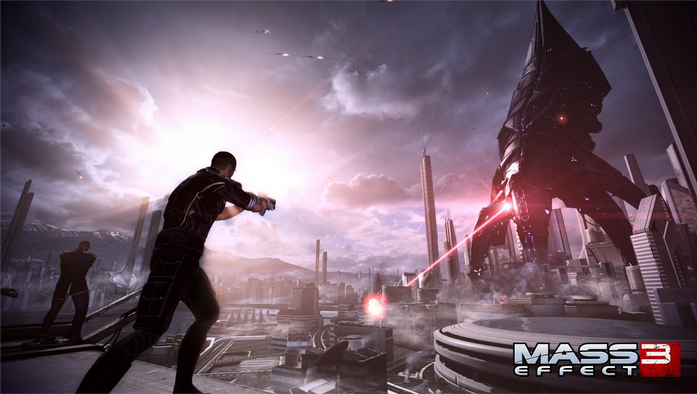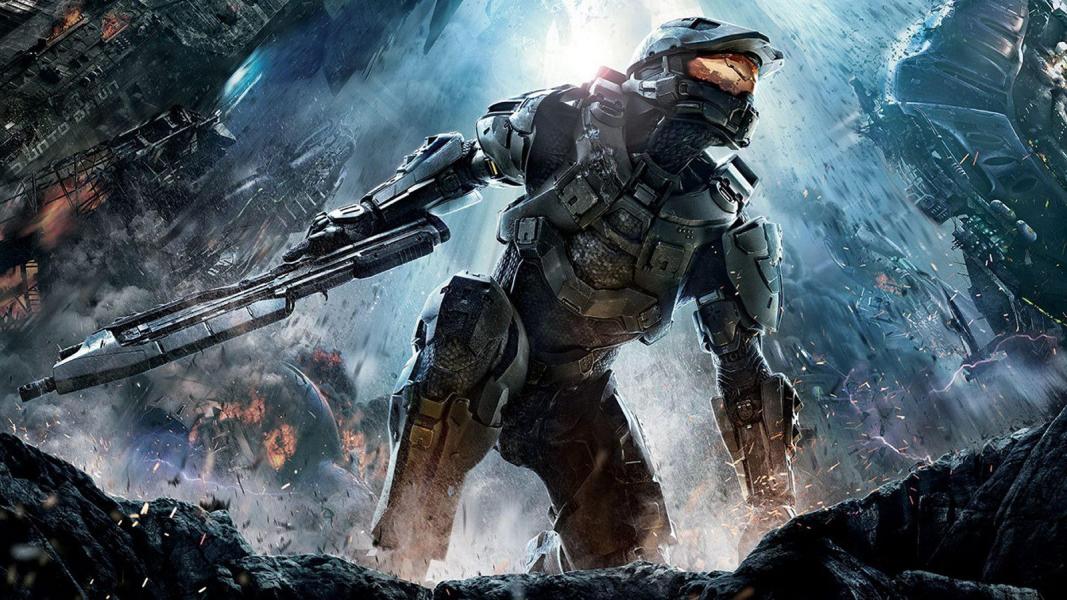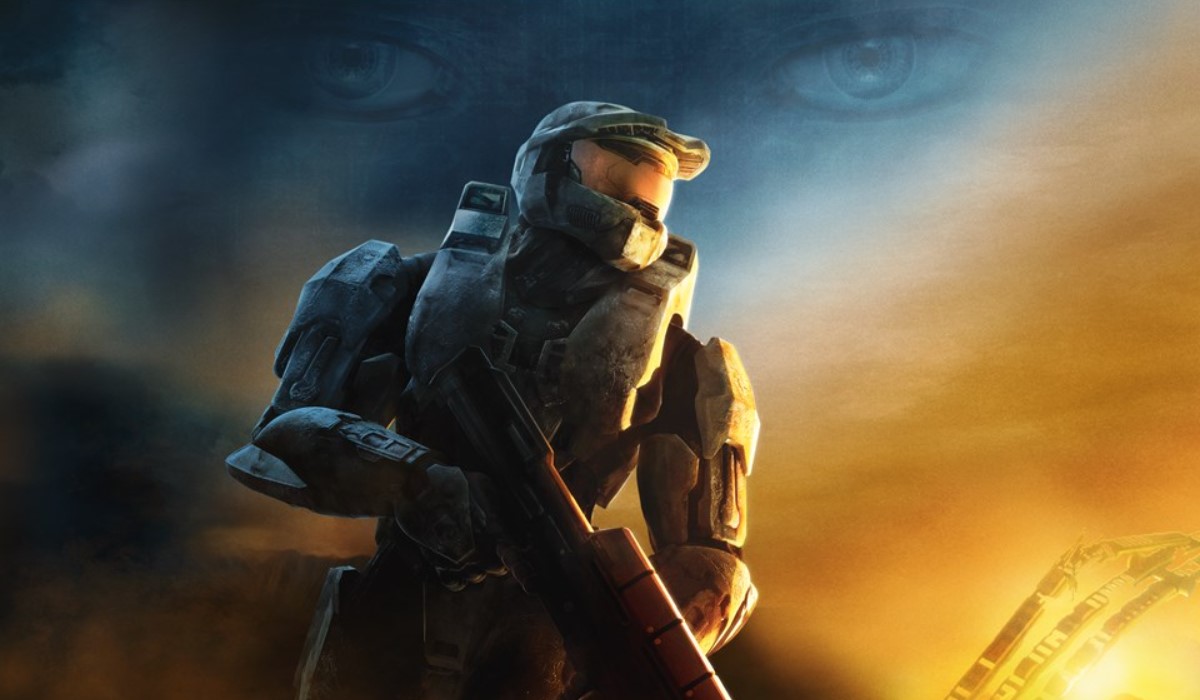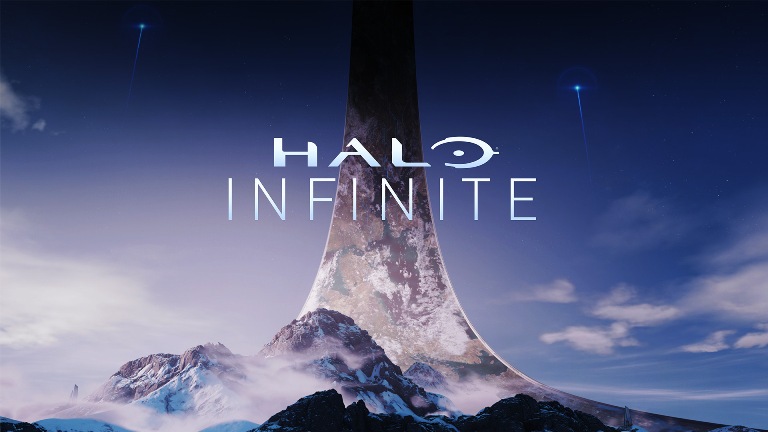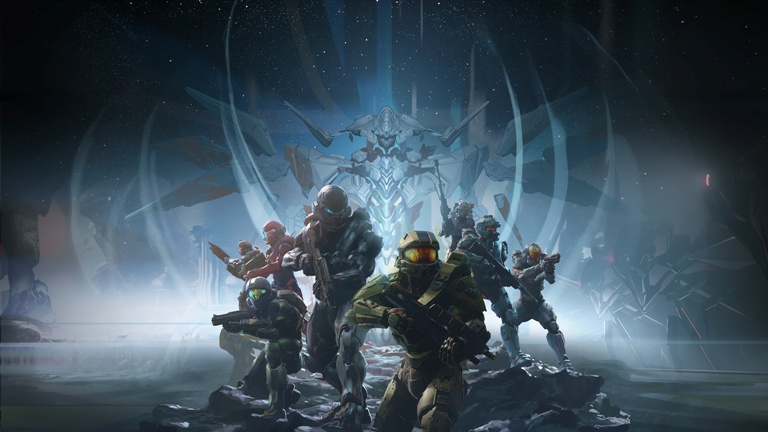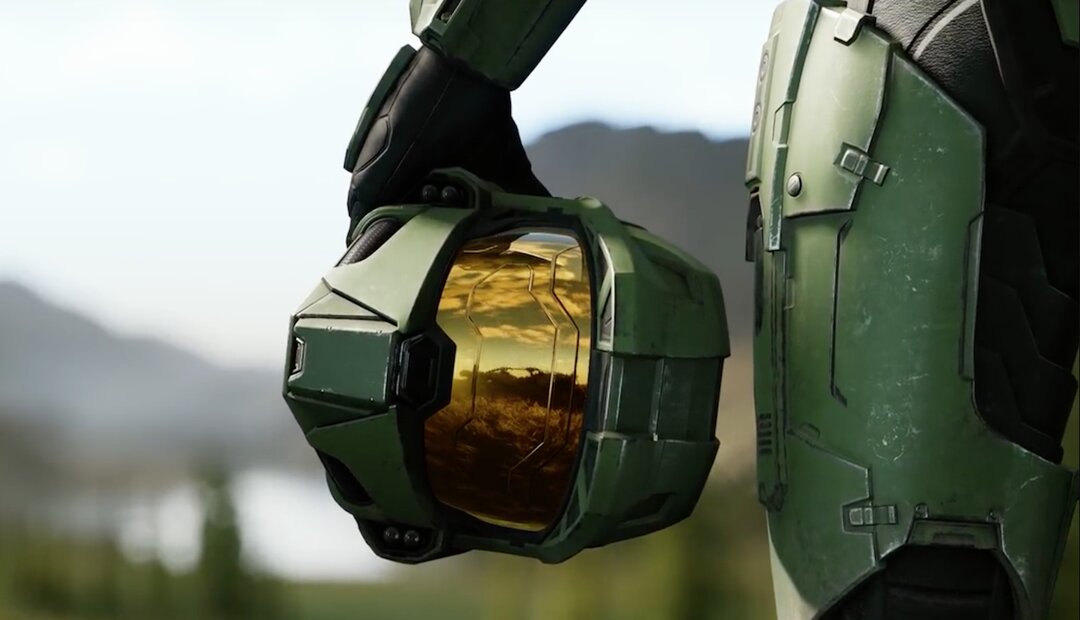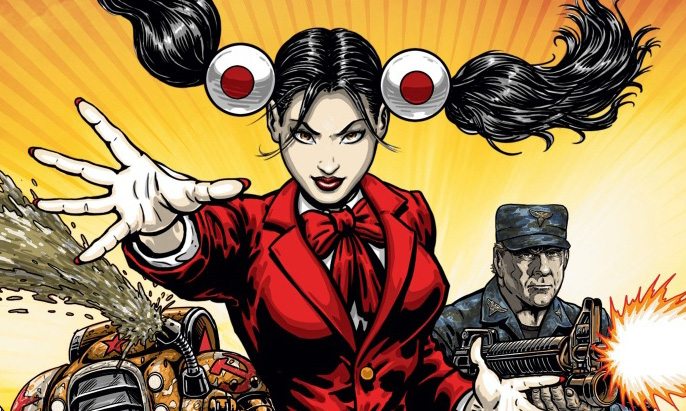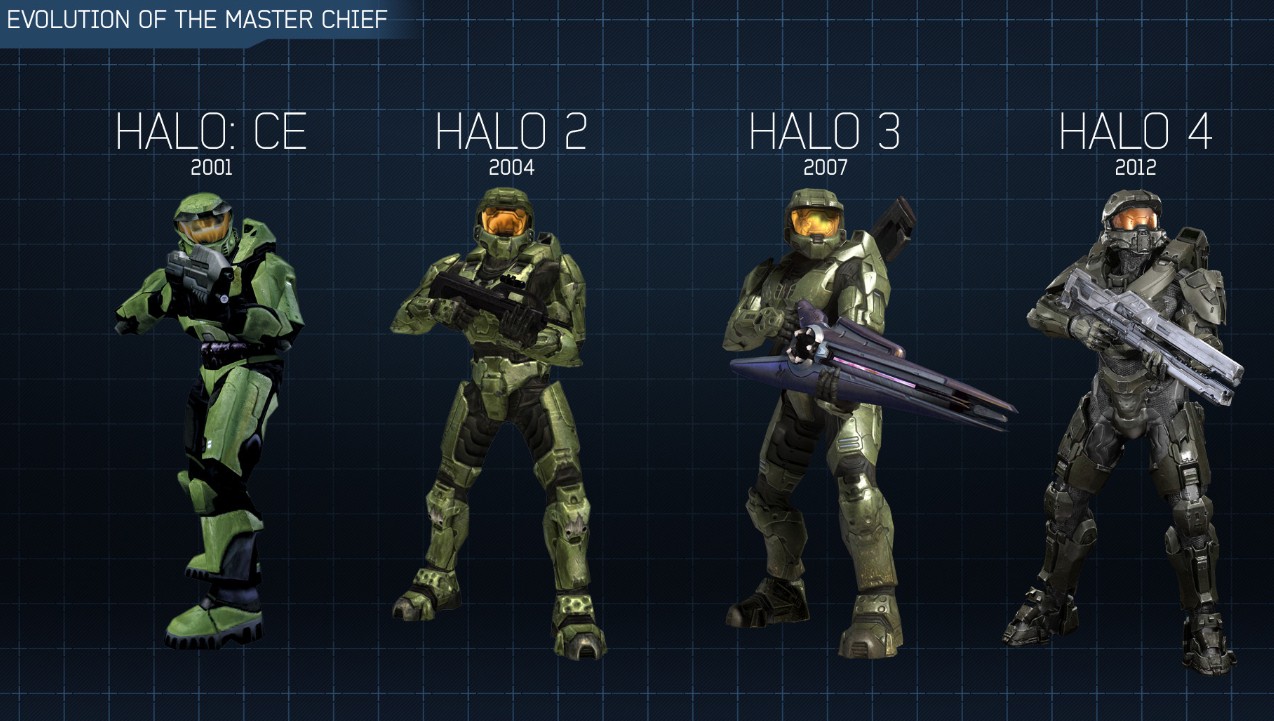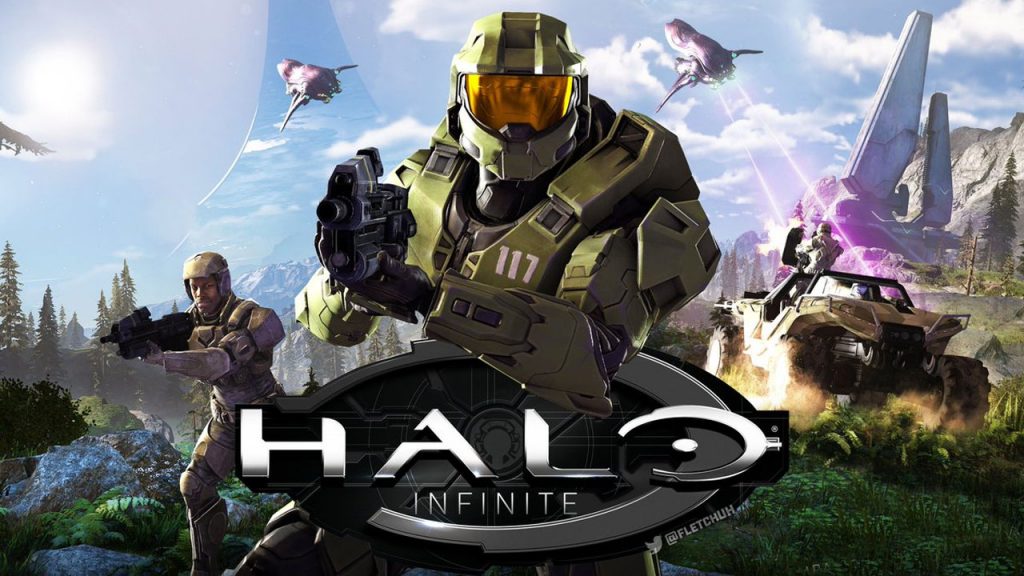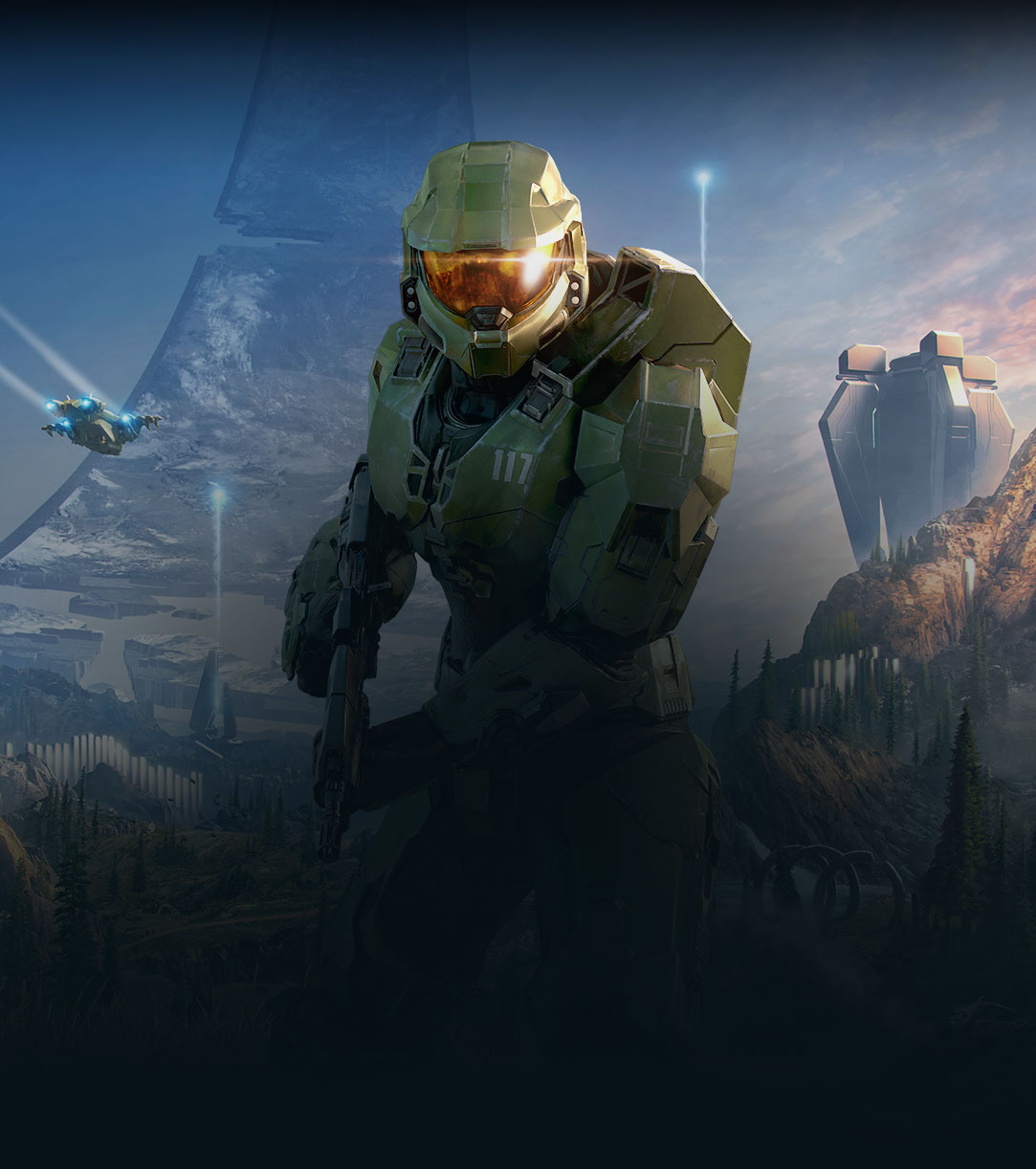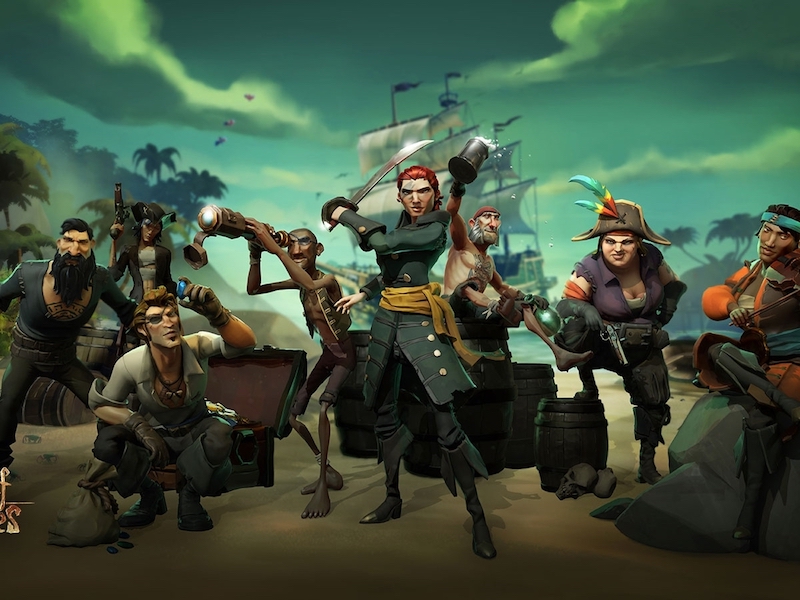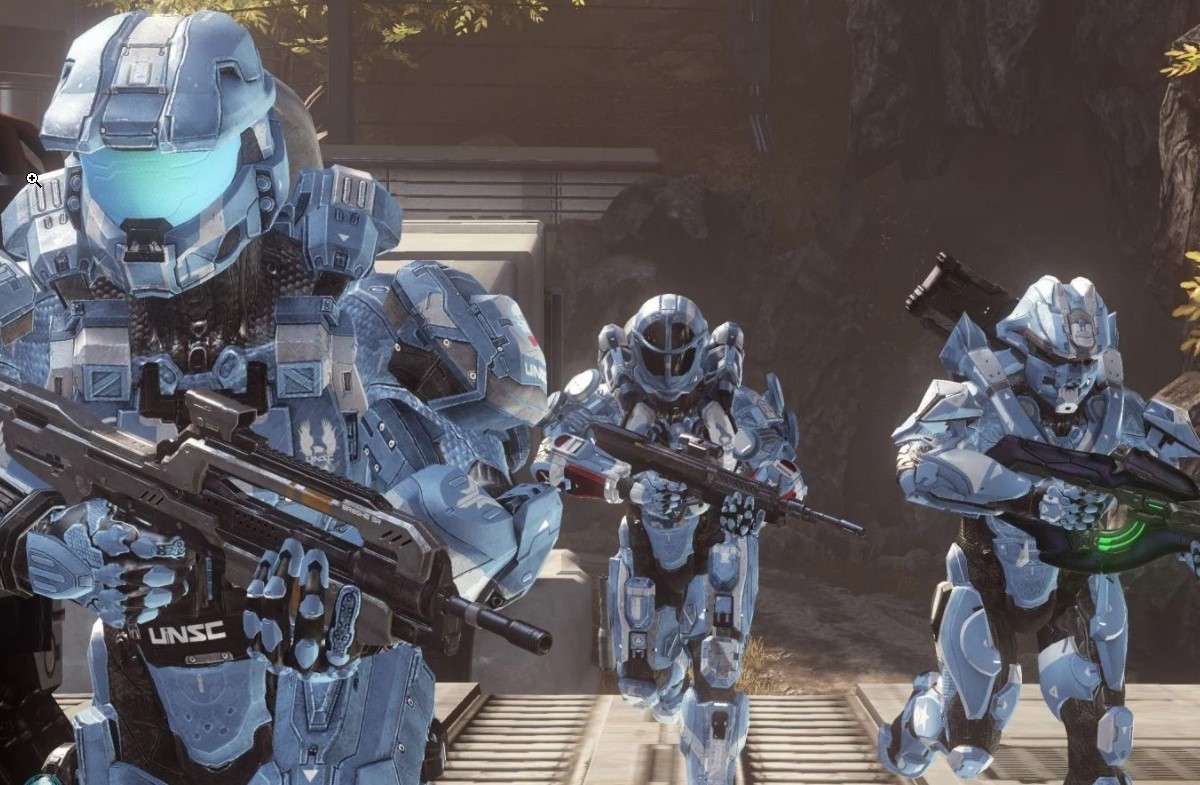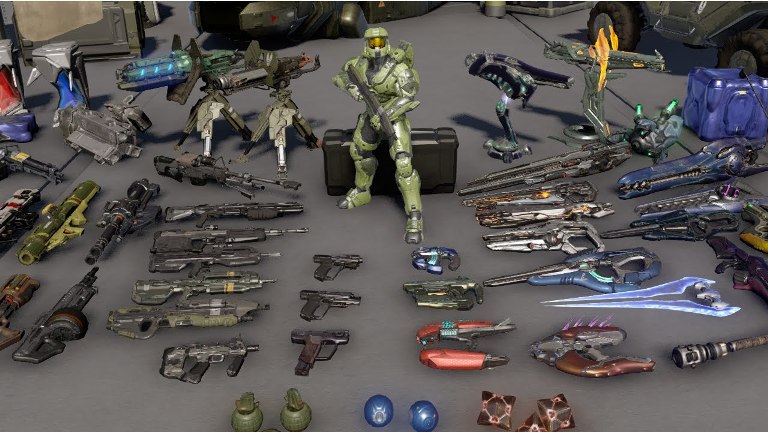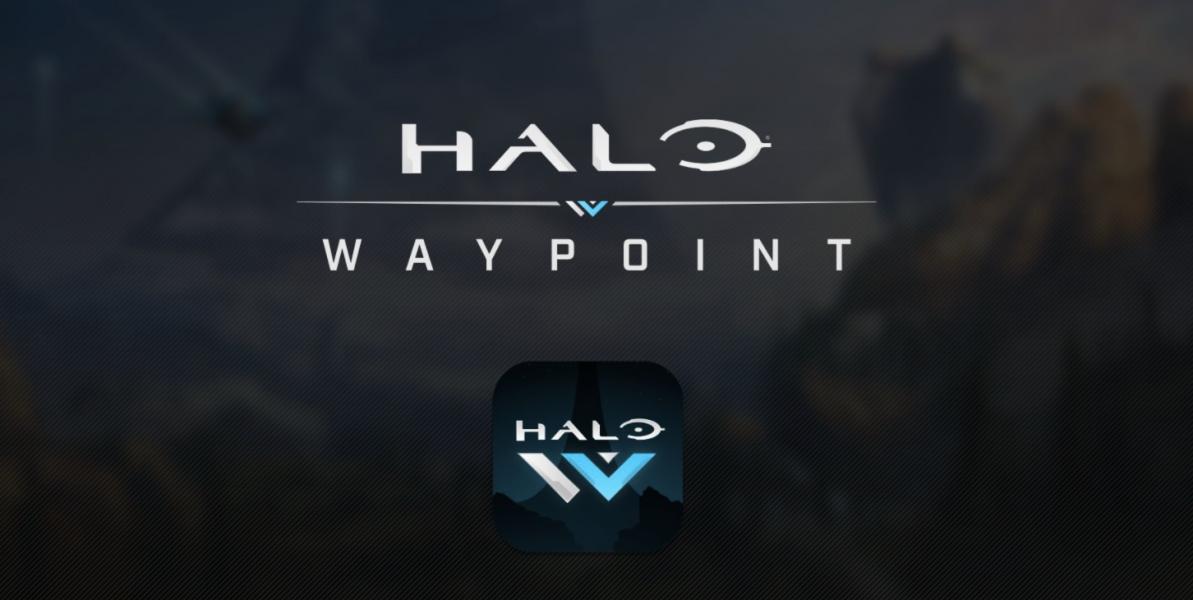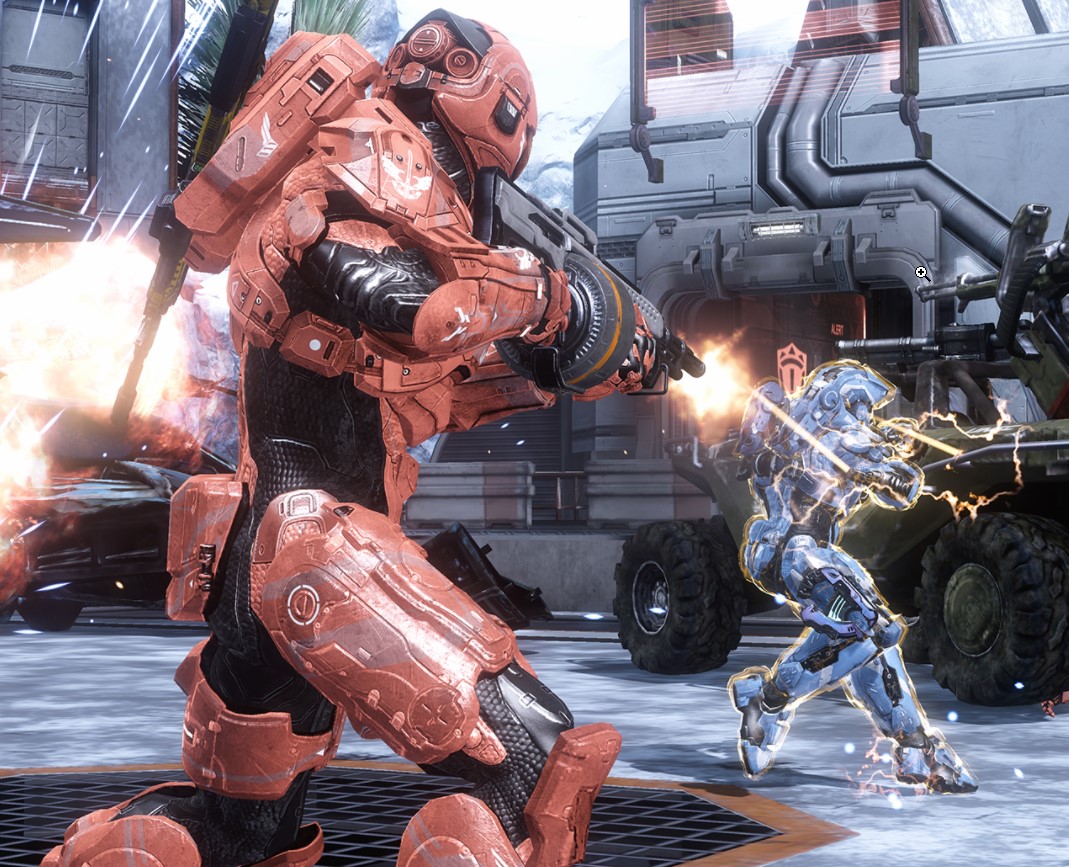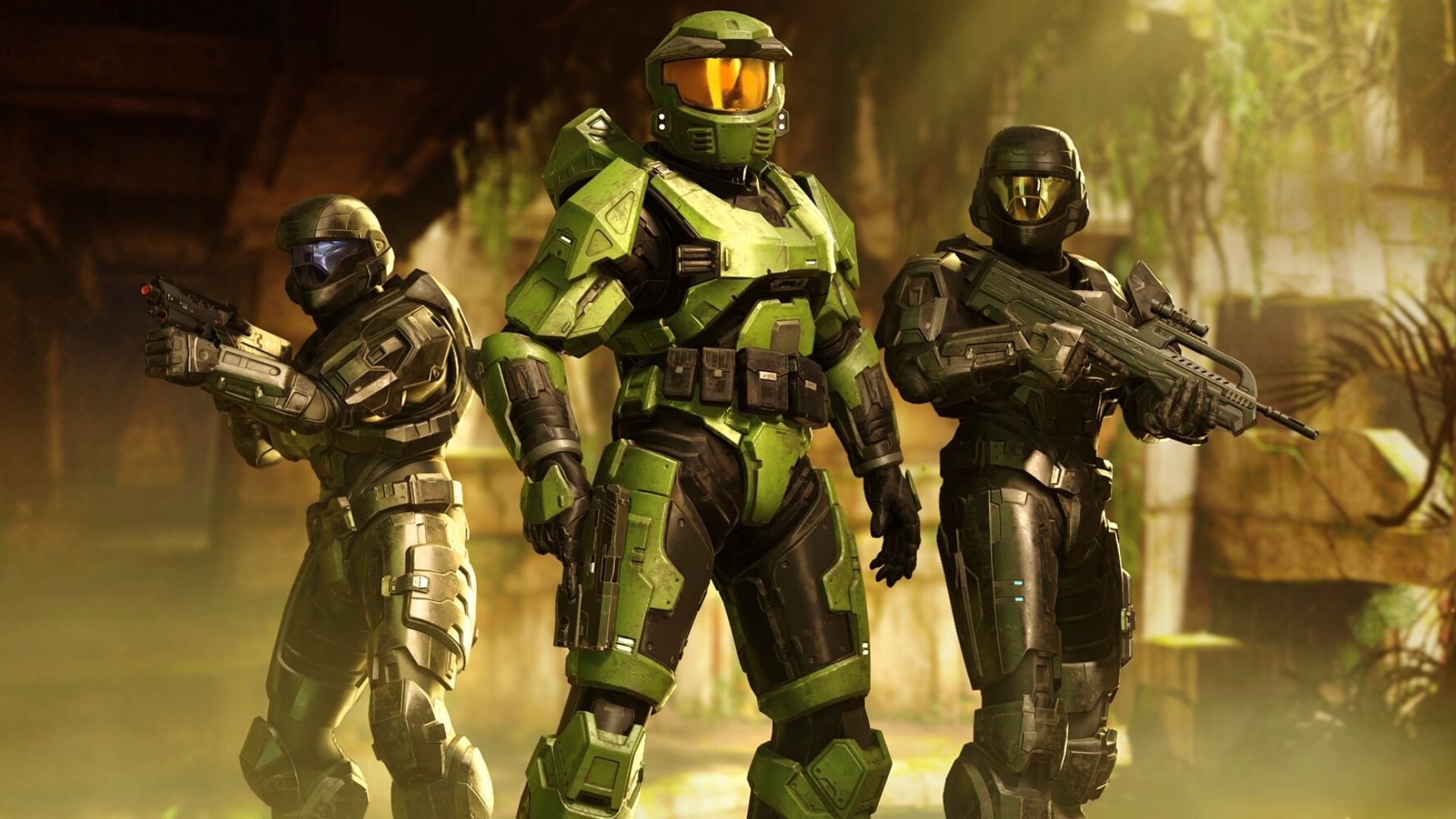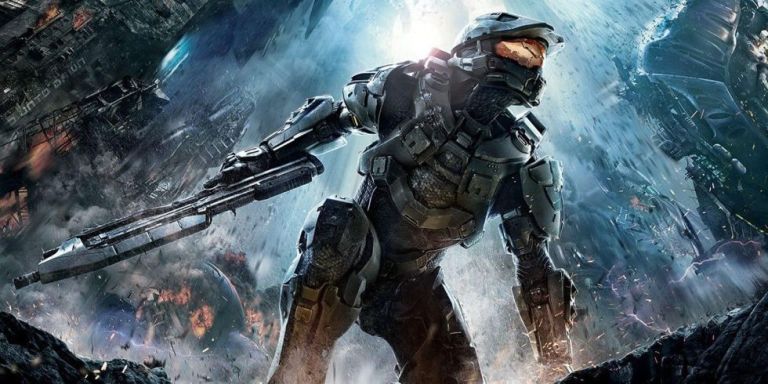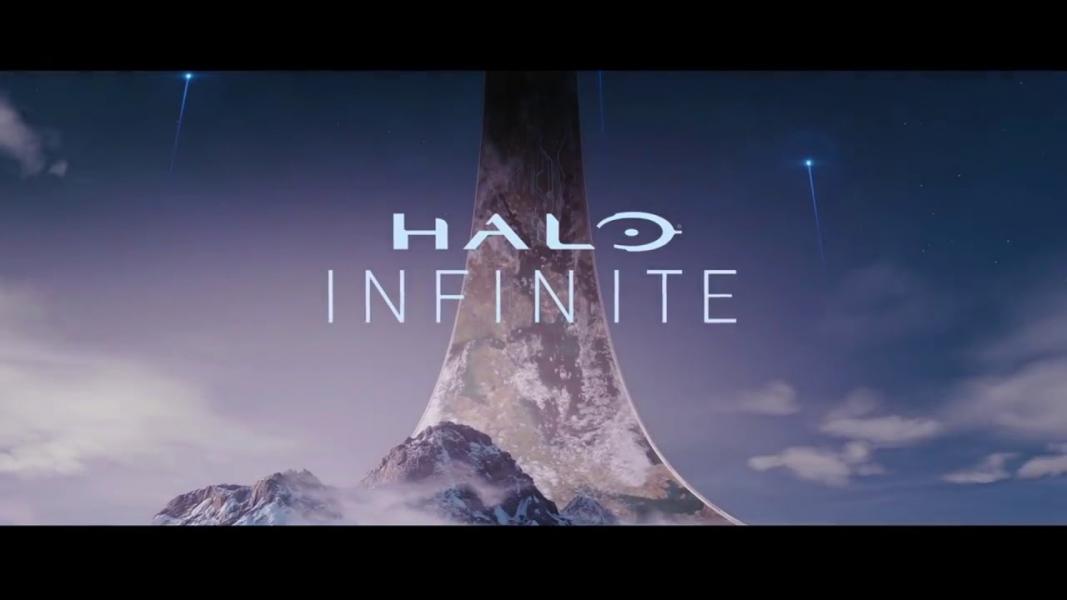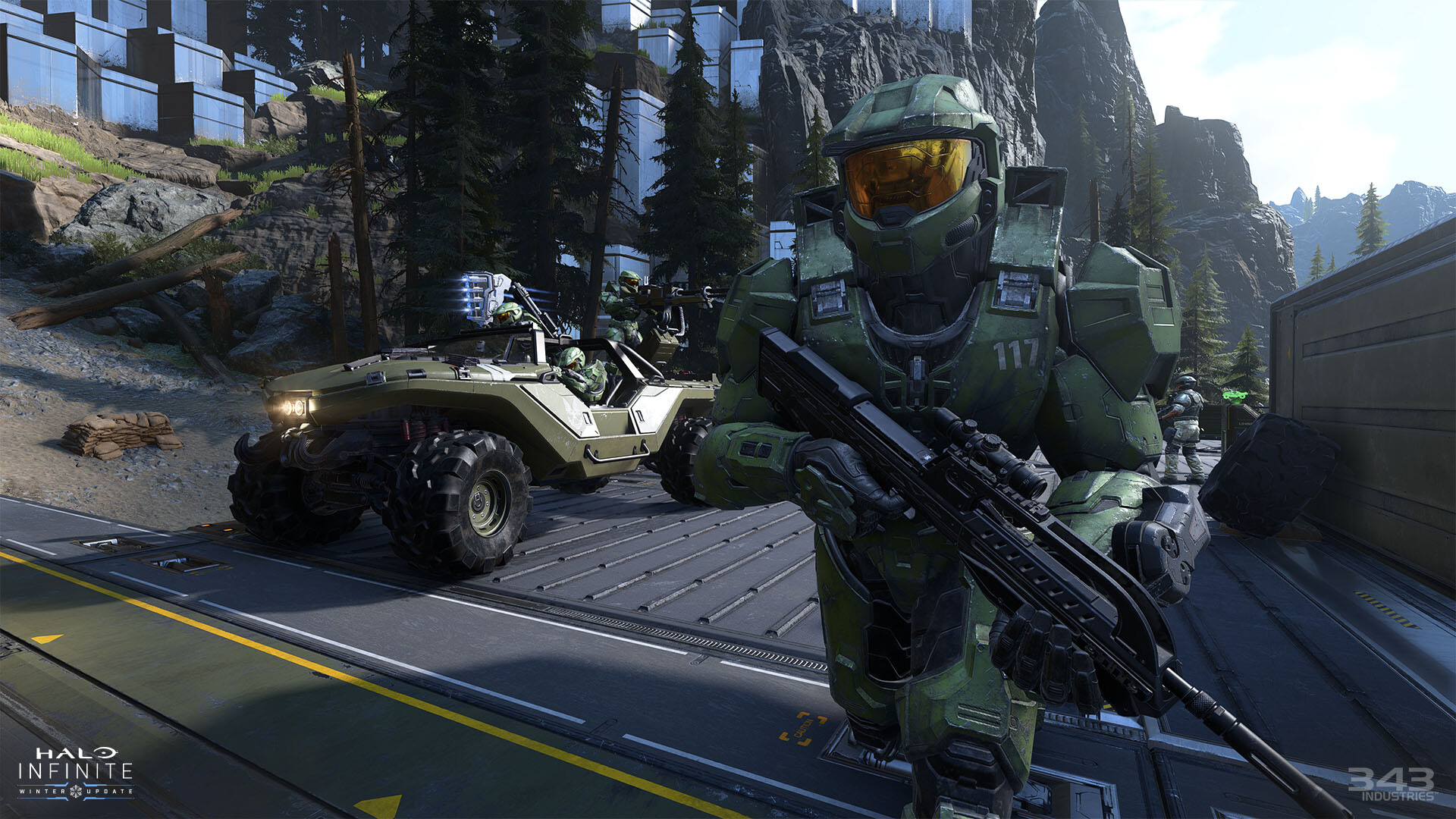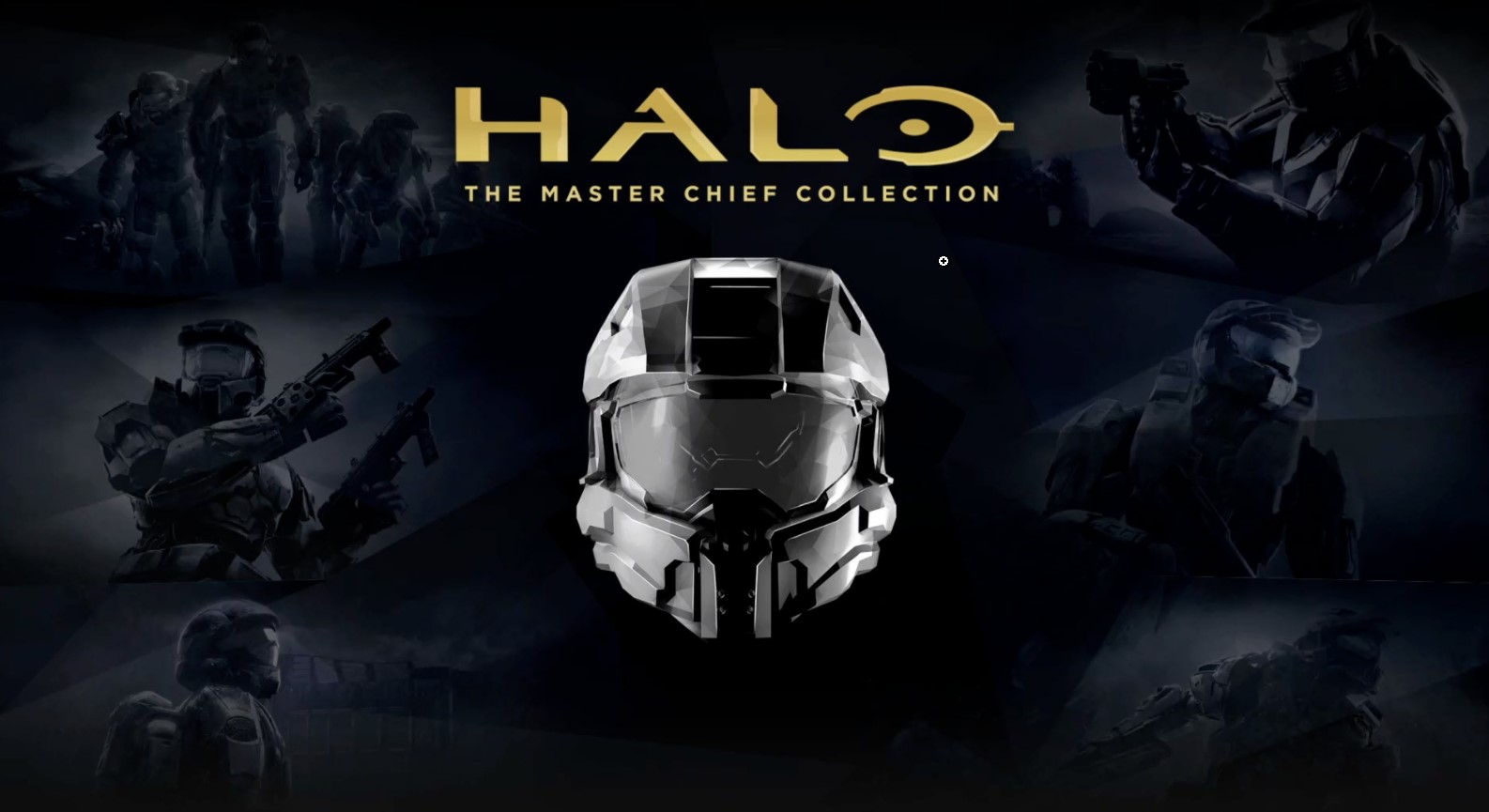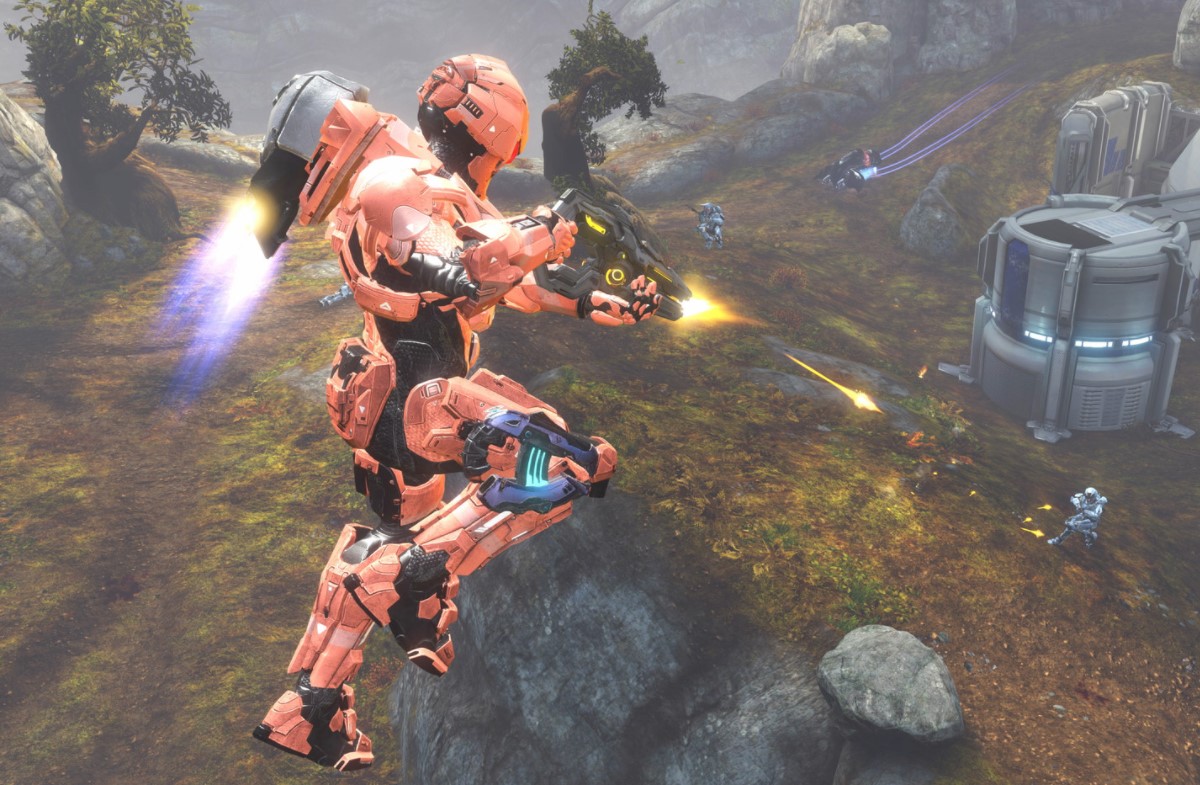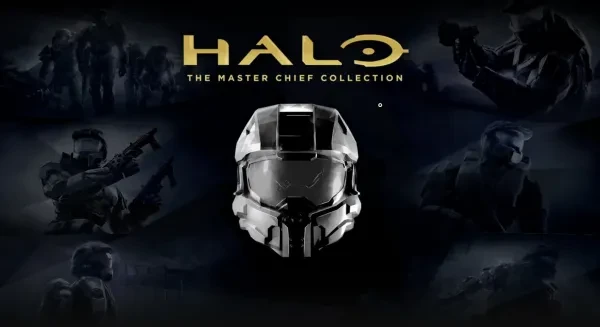
Dive into the myriad mysteries of Halo: The Master Chief Collection
In times of crisis, we often look for a hero to save us. Over the last year and two-thirds of crisis, we looked for many heroes. Some of us looked to politicians, some to celebrities, some to Joe Exotic, for like a month... and some of us had the Master Chief.
Halo: The Master Chief Collection (or MCC) was originally released by 343 Industries back in the stone age of 2014. It featured most of the Halo games made by the original series developer, Bungie (and also Halo 4), with assistance for remasters of the first two games provided by Saber Interactive, Blur Studios, Certain Affinity, Ruffian Games, and United Front Games. I played far too many hours of Halo 3 and Halo: Reach back when they came out, but by the time the MCC was first released I had stopped buying consoles and only played PC games. I thought I would have to leave the franchise behind. But then, at the end of 2019, current Halo developers 343 Industries released Reach onto PC, with the promise that the rest of the collection would follow in the coming months. And then COVID happened.
So during 2020, as 343 Industries drip-fed the original Halo games to a quarantined populace, I played through all of these classic games, either for the first time in years or the first time, period. And with 343 continuing to add brand new cosmetic content and maps to the collection, it’s safe to say that the MCC will stick around long term. So, with recent playthroughs of all the games fresh in my mind, enhanced by Internet-osmosis that informs me how the general fanbase thinks of them, I hope to answer one question: how good is the MCC?
About the MCC
As I said before, the MCC is a collection of all the Bungie Halo games (plus Halo 4). For those unfamiliar, this means Halo: Combat Evolved, Halo 2, Halo 3, Halo 3: ODST, Halo Reach, and Halo 4. The first two Halo games feature the option to play either remastered campaigns or the original versions, with a simple tap of the “tab” key letting you switch between the two at will.
All of the Halo games are First Person Shooters, featuring robust campaigns and multiplayer modes. If you wish, you can rewatch recent matches in Theater mode, though at time of writing there is no ability to save clips. The later games also feature Forge mode, which allows you to edit elements of the maps.
Story
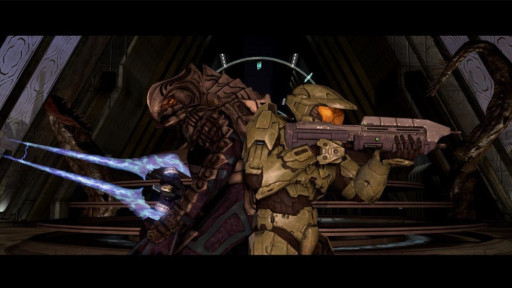
Master Chief and the Arbiter, deep in their competition for “coolest voice.”
The overarching story of the Halo franchise is one of the most well-known in gaming. There are dogmatic aliens, the Covenant, trying to wipe out humanity. Only the big green boy himself, the Master Chief, can stop them. There are giant rings in space with habitable atmospheres (the titular Halos) that the Covenant worships, and something spooky is going on with them that the Chief has to discover and stop.
Halo’s story had always been one I knew about and enjoyed, but was never that invested in. When I first played 3 and Reach as a dumb kid, I enjoyed the campaigns well enough and then spent most of my time playing multiplayer with my friends. I now have a greater respect and appreciation for the stories the games have - probably due to finally playing the first two games so I knew what was actually happening in the third.
One of the interesting things about playing them all in a row is seeing how they each try to tell different types of stories within the same broader narrative, with varying degrees of effectiveness. I have six games to discuss, and unlike the gameplay, which has remained mostly consistent throughout the series, the stories vary quite a bit, so let’s get digging. I will remain mostly spoiler-free.
Combat Evolved is a sci-fi war story that turns into horror at around the midway point. Its storytelling focus is on the environmental atmosphere above all else. The dialogue is largely exposition or one-liners from Master Chief and his AI companion Cortana, and thus the plot feels bare-bones. The campaign mixes things up with its halfway horror twist, and then again with the revelation about the Halo’s true purpose, but it does little of substance with either of them beyond the immediate plot utility of these moments.
Bungie deliberately underwrote Master Chief to make him more of an audience surrogate, and what personality he has is that of a straightforward, mission-focused soldier. I cannot call this intentional choice a flaw, I can only say that I did not find it all that interesting. Many fans who prefer Combat Evolved enjoy the mysterious atmosphere of its environments or the fun characterization that comes through in Chief’s body language, and those certainly are well done, but I was hoping for something more. Then again, this was only the beginning, the jumping-off point for the entire franchise, so it makes sense to start simple.
I want to say that I have intense nostalgia for 3 and Reach, and that I had never played Halo 2 before, so that when I say that Halo 2’s story blew those games utterly out of the water you understand that it really is something special. This game gives a crucial glimpse into the Covenant’s internal politics through a second playable character, The Arbiter. The Arbiter is a well defined character voiced to perfection by Keith David, and he has a compelling character arc as he breaks through the Covenant’s indoctrination of religious extremism.
The game balances and contrasts the Arbiter’s personal tale of betrayal, crisis of faith, and political maneuvering with the Chief’s own bombastic action plot that eventually turns melancholic at the end. With the strongest thematic heart and most compelling plot in the series, Halo 2 is a highlight of the MCC, especially with the Anniversary remastered cutscenes. Even its infamous cliffhanger ending is bearable because the true story of the game, the Arbiter’s, does have satisfying emotional resolution by the end.
But then we go from the best story in the collection to the worst. The lead writer of Halo 2 had to go on sabbatical while the story for Halo 3 was crafted, and it was written by stretching out what was initially supposed to be the final third of 2. I couldn’t tell as a kid, but I can certainly tell now. Little of importance happens in the first half of the game, characters behave inconsistently and even directly contrary to their prior motivations, and massive story contrivances forcefully try to wrap up every major plot thread. The game is not without its moments, particularly the Arbiter’s final confrontation with the Covenant’s leader. The actual presentation and gameplay of the campaign remain fantastic, keeping the journey enjoyable all the way through, but the writing does not hold up under scrutiny.
Halo 3: ODST is a mixed bag story-wise. It features a thinly written squad mostly consisting of Firefly actors playing their Firefly characters again, and the attempts at establishing camaraderie feel hollow. But once again, the presentation of the story is stellar. You play as the Rookie, a silent protagonist who is even more of a blank slate than the Chief, as he explores a noir-inspired nighttime city under alien occupation while piecing together what happened to the rest of his squad. The atmosphere even exceeds that of the first Halo, at least for me. And the story of the collectible audio logs, following a human girl and her AI friend during the invasion proper, is a genuinely compelling one. It is worth experiencing, but it is very much carried by its atmosphere and audio logs.
I used to like the story of Halo: Reach a lot. Now I think it’s just okay. Its biggest problem is that the squad of protagonists is too big to properly develop with the time and plot structure given to them. The squad members have some well-written interactions that hint at deeper interpersonal dynamics, but these moments are too few to truly flesh out these characters, so it is harder to care what happens to them. Of course, like the last two games, this is a mediocre story told well, with the epilogue mission in particular being deservedly iconic. If Halo 2 is like a top-tier Marvel movie, then Reach is like a mid-tier one: it’s got flaws, it doesn’t explore the interesting ideas as much as it could, but it is fun, has good moments, and most importantly it is not Thor: The Dark World.
And finally, we come to Halo 4, the first game made by 343 Industries and the only game in the MCC not birthed by Bungie. Like ODST or Reach, it is uneven, with some moments of good writing and other parts that fall short. The core of the story is the relationship between Master Chief and Cortana as she slowly begins to lose her mind, and this part is truly great. It is clear that it is a labor of love written from a personal place.
Some fans feel that the normally tight-lipped Chief speaks too much in this game, and I agree to an extent. He needs to talk more and be more characterized for this story to work, but he tends to say two sentences when he normally would say two words. As the game progresses and his only friend begins to mentally unravel, it makes perfect sense for him to become more vulnerable and babble a little, but his chattiness begins from mission one, which makes the characterization shift more jarring.
The biggest problem for me is the rest of the story. The villain of this game, the Didact, feels like too large of a threat for such a personal main narrative, and as it stands he simply isn’t interesting enough to feel like more than a distraction. Some of this may be a result of 343 wanting to set the Didact up as a trilogy villain and thus hold off on doing too much with him right away (a plan which they abandoned when fans did not find him interesting enough, go figure), but whatever the reason, his side of the plot harms the game’s overall story.
All told, these are stories worth experiencing, but with the knowledge that they are far from the deepest that gaming has to offer. And yes, I know there is a large expanded universe of novels, comics, spinoff shows, and more, but I am only discussing the games here. I made a Marvel movie comparison earlier, and I do feel like it is an appropriate one when describing the games’ stories: they are fun, often thin narratives nevertheless told well. They feature engaging characters and sometimes they do achieve greatness, but are not the pinnacle of what the medium is capable of.
Gameplay
As a First Person Shooter, the Halo games function like many others: you look around from a first person perspective with a gun held right up to your nose, and you shoot at the things trying to kill you. Campaign stories are divided between the interactive gameplay and non-interactive cutscenes; all player expression is in the gameplay, and it does not impact the story. However, said player expression can be quite extensive within the confines of each linear, but multi-layered, level. This is the key to what makes Halo gameplay fun, memorable, and constantly replayable.
PvE modes include the story campaigns, Spartan Ops side missions for Halo 4, and the horde mode for Reach and ODST called “Firefight.” The PvP multiplayer suite features an extensive and impressive range of game modes from each game in the collection. When matchmaking a multiplayer game, you get to choose which games and game modes you want to play, ensuring that you tailor your multiplayer experiences to your preferences, which is always welcome.
For the non-campaign game modes, you get to customize your own character, with varying degrees of options depending on which Halo you’re looking at. Reach, 3, and 4 have many armor pieces to mix and match from, while Combat Evolved has a variety of weapon skins and helmet visors but only one armor set, and Halo 2 gets to sit in the corner and cry from neglect. Within the campaigns, Reach and 4’s Spartan Ops do feature your customized avatar, but the other campaigns all place you in the shoes of fixed characters. I always appreciate a good character creator, and those of Reach, 3, and 4 all satisfy with their vast array of potential armor combinations.
Every gameplay element is combat based except for Forge mode and the campaign terminals. Each of the games feature several terminals you can find by exploring the missions, and these terminals provide extra tidbits of story or background lore. They first appeared in 3, but were retroactively added to the first two games via the MCC remasters. In ODST they are replaced by audio logs that function similarly, and in Reach they are small datapads that sometimes only show up on higher difficulties. They are generally worth searching for, though I find them less interesting and necessary in Combat Evolved, 2, and Reach.
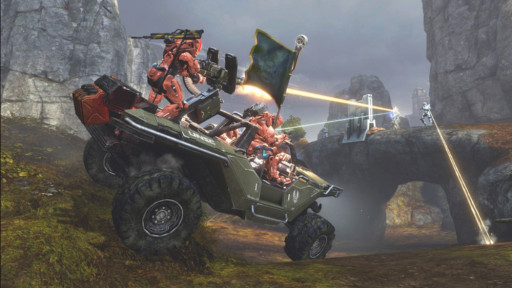
An aggressive bout of Halo 4 Capture-the-Flag. Not sure what the blue on the right is trying to shoot but he sure is going for it.
Combat
Some guy being real real good at Halo: Reach
Combat is the backbone of the Halo series, so it’s a good thing that it’s excellent. Each entry boasts a progressively larger weapon library, and for the most part every weapon has its own identity and function. The higher tier of weapons, dubbed “power weapons,” are all fun to use as they give you instant-kill attacks and can all be used in creative ways. However, you can only carry two weapons at a time, forcing you to thoughtfully consider which weapons you most want to hold onto for a given situation.
The other element that makes Halo stand apart is the presence of vehicle combat. All of the games feature several types of vehicles with their own movement and weapon systems. They are great fun to use against your enemies, but perhaps more importantly are also fun to fight against. There are few feelings better in Halo than latching onto a tank that’s been killing your allies and punching it until it explodes.
Campaign combat has remained generally consistent across all games. You start a mission with a certain set of weapons, you fight your way through emplacements of AI-controlled enemies, and you pick up new weapons from their bodies or from weapon caches scattered around the levels. The Halo AI are generally well-regarded as intelligent foes, especially on higher difficulty, and they feature a small web of interactive features that can alter the flow of the fight. For example, when an enemy squad leader is killed, the rest of the squad tends to panic and fight less effectively.
The multiplayer has seen some changes over the years but is largely consistent. Maps are designed with the arena shooter philosophy of “find stronger weapons on the map and fight over them,” encouraging exploration of the arenas and causing intense battles over the power weapons. In 3, equipment pickups are added to this arena pool, featuring things like healing fields or shield bubbles. This is good multiplayer design that constantly produces new gameplay experiences, though sometimes it can just lead to one team steamrolling over the other by grabbing onto and holding all the power weapons.
As with any multiplayer game, it can be quite frustrating at times, but matches are never too long. I find the balance between fun and un-fun games to be better in the MCC than most other multiplayer games I’ve played.
Reach and 4 added player loadouts, giving you a handful of choices for what weapons you start the game with, as well as making equipment loadout-dependent instead of something you find in the arena. I find that Reach implemented this system better because it retains more of the arena format. However, if you prefer a loadout system over an arena shooter system, you might like 4 the best. What gives real value to the MCC is that you can try out all of these systems for yourself and choose your favorite.
Mission System
Campaigns are divided into different missions, which can either be played sequentially, or selected individually once you’ve run through the campaign once. Each mission has its own unique setting, objectives, and combat encounters to fight through.
In ODST, for instance, much of the game involves you exploring an occupied city at night with no one to call for help and enemies lurking around every corner. In Reach, at one point you find yourself piloting a starfighter before boarding an enemy ship to take it over. One of the most memorable moments in 3 involves fighting two giant, crab-like tanks at once, and you have to use your wits and the available vehicles around you to board and destroy them.
All Halo games feature four difficulty levels (easy, normal, heroic, legendary), with additional difficulty modifiers called “skulls” to further customize your campaign experience. The skulls include options like “enemies have double health” or “you can only recover health with a melee attack.” Legendary difficulty is often crushingly difficult, especially for newcomers and even more especially in Halo 2. Heroic is described as “the way Halo is meant to be played,” but if you are playing a campaign for the first time and just want to experience the story, I would suggest playing on Normal until you are more familiar with the levels.
Graphics and Music
A trailer for the Halo 2 remaster, showing off the beautiful new cutscenes that no in-engine graphics even come close to.
The MCC is a collection of games stretching from 2000 to 2012, so all of the graphics are somewhat dated. However, the Bungie games have exceptional art design that makes all of them still visually appealing, and while I am not a fan of Halo 4’s busier art style, its raw graphical fidelity does hold up nine years later.
As I mentioned before, in the campaigns of the first two games you can swap between original and remastered graphics. I would highly recommend playing on original for Combat Evolved, as the remaster is over-designed and visually muddy which can make it harder to see what you’re fighting. Halo 2, on the other hand, is generally considered to be a good remaster, especially with the gorgeous redone cutscenes by Blur Studios.
Something that has always remained excellent in Halo is the score. Its main theme is iconic for a reason, but the rest of the music is universally stellar. As with the stories, they all feature slight differences: Combat Evolved has a heavy focus on drums and slight variations of the main theme; 2 adds a good amount of rock music; 3 concentrates on melancholic piano; ODST and Reach bring out new musical themes to emphasize the change in characters and tone; 4 introduces a more electronic approach. All are beautiful, my favorites being the scores for 2 and ODST.
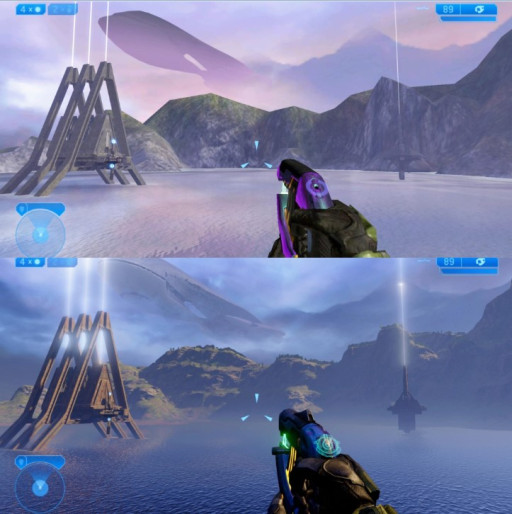
Developer Support
The MCC languished unattended on consoles for a while after its initial release, but during its PC lifespan, 343 Industries has been constantly tweaking and patching. They have added several new customization options, maps, and weapons, and have slightly rebalanced some of the older games.
A part of me wishes the original state of these games could have been preserved, especially since I do not think that most of the armor additions to Halo 3 fit the art style. But what matters most is that the games maintain the heart of what makes them special, and 343 has managed to do that pretty well. Additionally, Halo 3 has an option to make 343-added cosmetics invisible for those who feel as I do, which is another example of the customizable experience that makes Halo so good.
Price
The MCC can be purchased for sixty dollars in its entirety, or each of its games can be purchased individually for ten dollars each. I think, given that most big-budget, $60 games released today don’t even have half the worthwhile content of any one of these games, buying all six for the price of one is well worth it, even at full-price.
Another massive plus in the Collection’s favor is its lack of microtransactions. All cosmetics that you don’t have right out the gate can be bought with points earned by playing the game and cannot be purchased with real money. Points are earned either by completing weekly challenges or levelling up your account. Once you hit level 100 only certain challenges give you points and levelling up no longer gives rewards. This is a good model, as it incentivizes regular play without compromising the game to squeeze money out of players, but it does still get somewhat grindy.
Final Verdict: 9/10
Pros:
+fun and varied combat
+generally decent stories with great presentation
+excellent level design
+music is amazing
+great value for six complete games
+highly customizable experience to fit your preferences
Cons:
-some missions and stories are lackluster
-quality can vary depending on the game within the collection
-multiplayer can be more frustrating than fun at times
-huge file size if you want all six games installed

